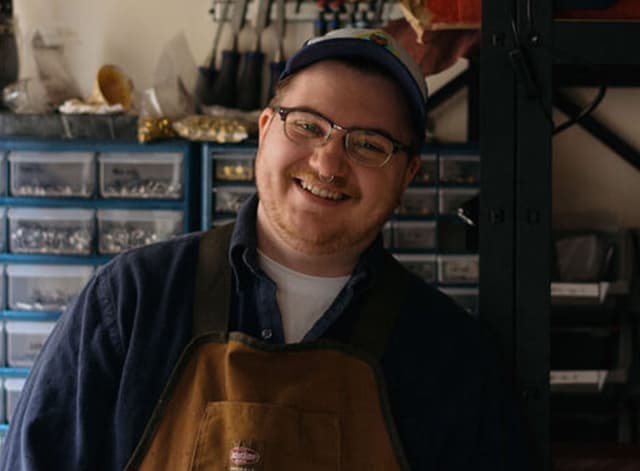Podcast

Matt Rand Is Bonded To Leather
October 25, 2021
Matthias Rand first entered the leather scene around the time he began his gender transition. When he struggled to find fetish gear that felt sexy and affirming, he took up leatherworking and learned to make his own.